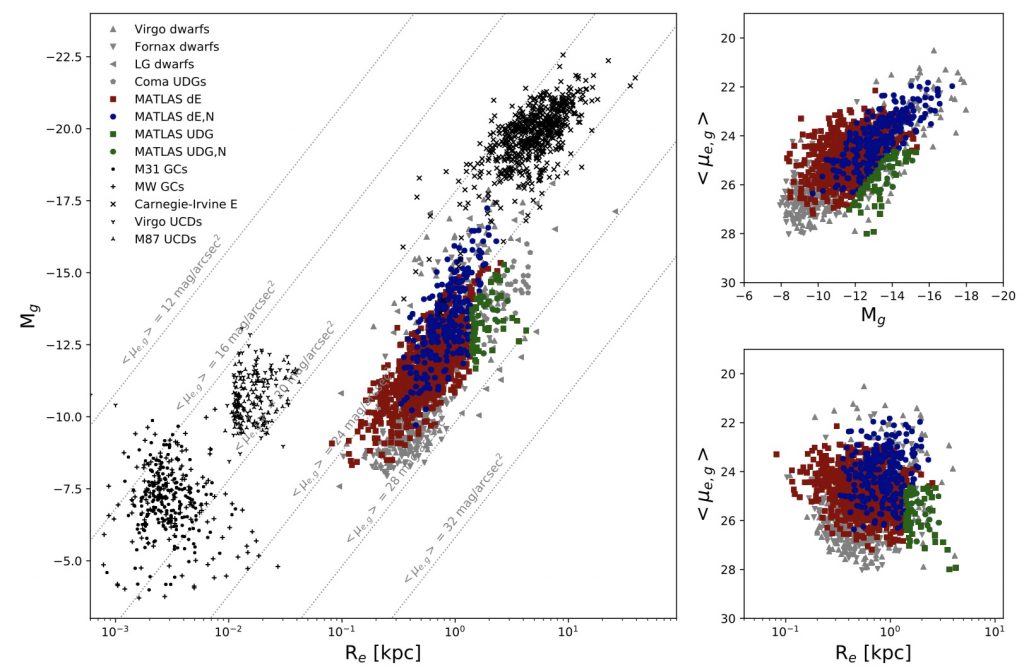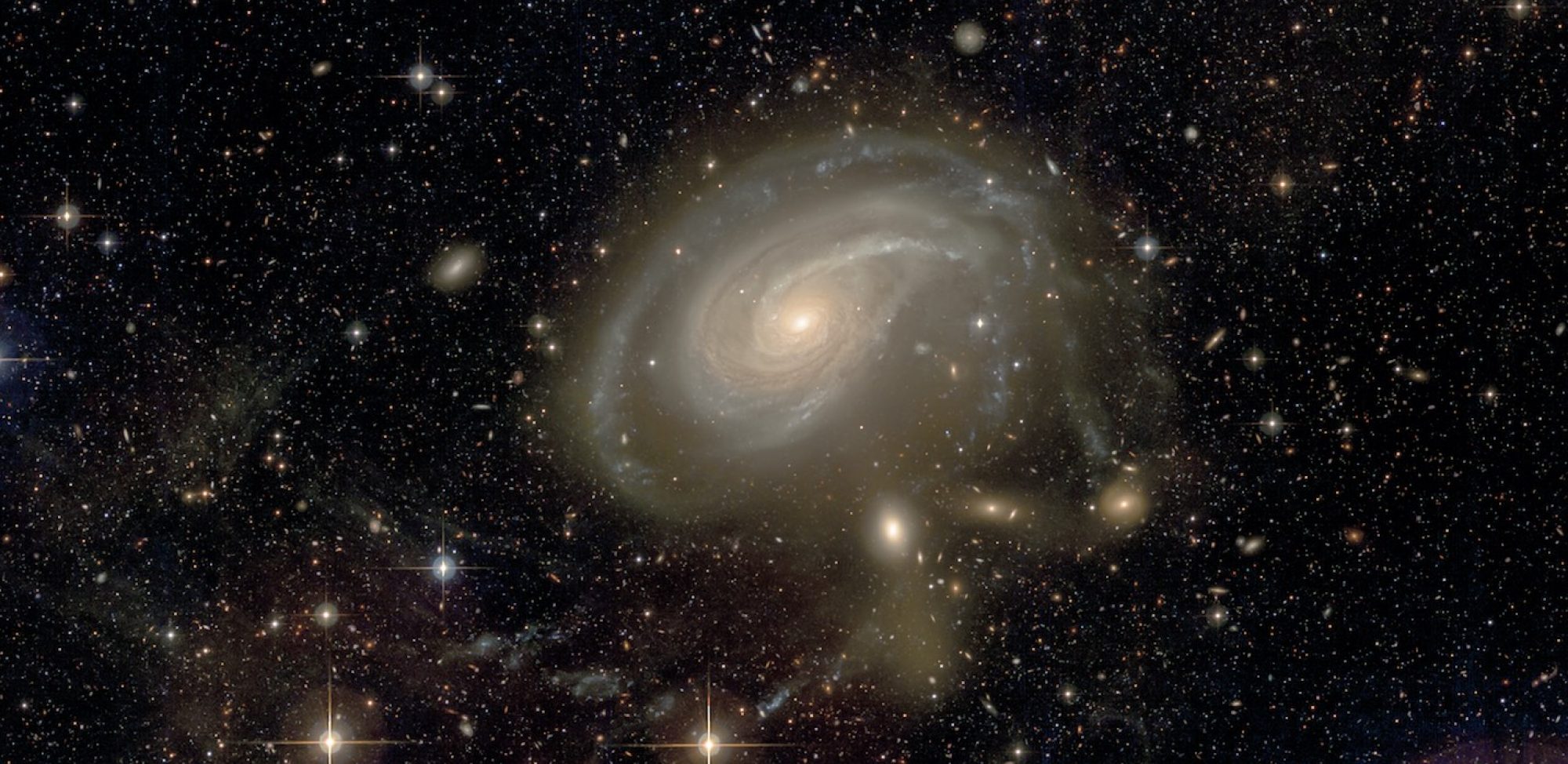
The properties of low surface brightness dwarf galaxies found in low-density environments are poorly constrained observationally. This problem is two-fold, as many studies (1) focus on dwarfs in the Local Group or cluster environments, or (2) lack either the depth or coverage to detect a large sample of dwarf galaxies. These issues can be overcome using the Mass Assembly of early Type gaLAxies with their fine Structures (MATLAS) large observing program, which has imaged ∼142 deg2 of the sky around nearby [primarily] isolated early type galaxies (ETGs) down to surface brightnesses of ∼ 28.5 in the g-band using MegaCam on the Canada France Hawaii Telescope. This is the first of a series of papers in which we intend to fully characterize the properties of the 2210 dwarf candidates we have identified in the MATLAS imaging.
Here we describe our dwarf selection and apply multiple sanity checks to confirm the dwarf nature of our candidates; only 1% of the candidates appear to be back- ground galaxies based on the sub-sample with prior distance estimators and ∼ 90% appear to form a population of dwarf satellites around the massive galaxies in the images. Additionally, the dwarf candidates follow the same scaling relations as dwarf galaxies in both the Local Group and the Virgo and Fornax clusters. The dwarfs were morphologically classified during the candidate selection (∼75% dE, 25% dIrr), and we find some evidence that the morphology-density relation is already in place in the low-density environments probed in the MATLAS images.
Published in Habas et al., 2020, MNRAS 491, 1901

